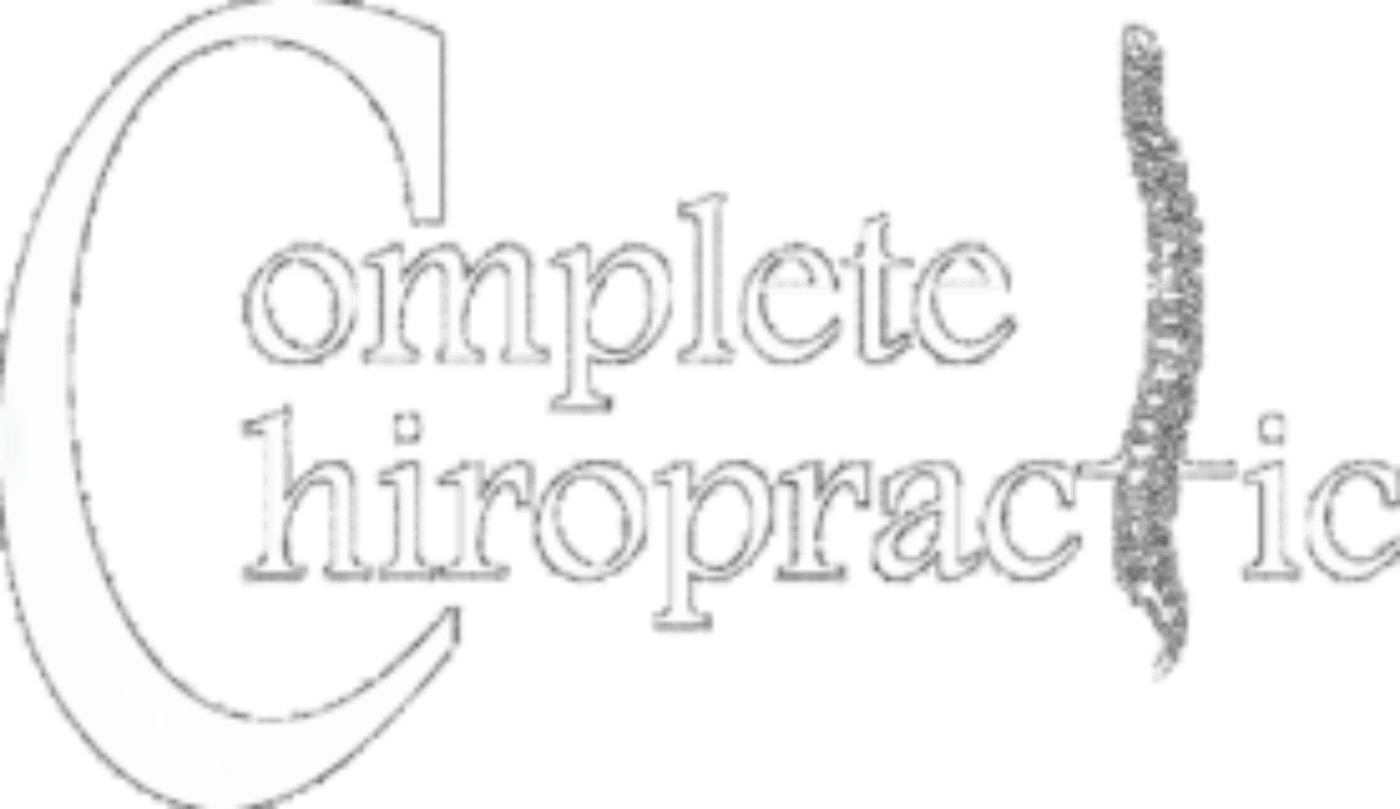PRINTED IN THE DYNAMIC CHIROPRACTIC June 17, 2011
Chiropractic Saves Federal and Private Insurers
$15,897,840,000 and Adds $692,160,000
in Wages to Americans
by Mark Studin DC, FASBE(C), DAAPM, DAAMLP
It was reported by Zigler in 2011 that 200,000 spinal fusion surgeries are performed each year, just in the United States alone. An equal number of microdiscectomies are performed as reported by Mayer (2006), which is considered by many to be a conservative number. Let’s consider the chiropractic impact of exposing the public to treatment that could avoid needless surgeries, using the 400,000 disc surgeries as a conservative number, not to mention how this could change the unnecessary cost to government and private insurers and lost revenue to both governmental agencies and workers from absenteeism. Allen and Garfin (2010) reported that spine-related health care expenditures totalled over $97.5 billion (2011 inflation adjusted), a 65% increase from 1997. With an aging population, this trend, based on the biomechanics of the aged, will continue.
It was reported by McMorland, Suter, Casha, du Plessis, and Hurlbert in 2010 that over 250,000 patients a year undergo elective lumbar discectomy (spinal surgery) for the treatment of low back disc issues in the United States. The researchers did a comparative randomized clinical study comparing spinal microdiscectomy (surgery) performed by neurosurgeons to non-operative manipulative treatments (chiropractic adjustments) performed by chiropractors. They compared quality of life and disabilities of the patients in the study.
The study was limited to patients with distinct one-sided lumbar disc herniations as diagnosed via MRI and had associated radicular (nerve root) symptoms. Based upon the authors’ review of available MRI studies, the patients participating in the study were all initially considered surgical candidates. Both the surgical and chiropractic groups reported no new neurological problems and had only minor post-treatment soreness. 60% of the patients who underwent chiropractic care reported a successful outcome while 40% required surgery and of those 40%, all reported successful outcomes. This study concluded that 60% of the potential surgical candidates had positive outcomes utilizing chiropractic as the alternative to surgery.
Let’s do the math. If we take the 400,000 disc surgeries (adding cervical surgeries to the equation) done each year as discussed in the opening paragraph and apply McMorland et al.’s (2010) findings that 60% of surgical candidates had successful outcomes with chiropractic as an alternative to surgery, 240,000 patients yearly could avoid needless surgery if they sought chiropractic care.
According to Sherman, Cauthen, Schoenberg, Burns, Reaven and Griffith in 2010, the 2010 inflation adjusted amount per case in Medicare dollars is $13,243.82 per patient once you take into consideration the complications, but exclude many other variables such as repeated MRI’s, myelograms, and many hospital charges. Allen and Garfin (2010), taking into account total charges, including mean hospital charges for a single level, uncomplicated, minimally invasive surgery, reported the cost to be $70,159 for all payors. They also went on to report that for 2-level disc surgeries the complication rate increased by 25% with significantly more costs.
If you consider 240,000 preventable surgeries at $70,159 per patient, that equates to $16,838,160,000 healthcare dollars that did not have to be spent. MEDSTAT, as reported by Chiropractic Lifecare of America (2009), estimated that the average cost of chiropractic care per patient per case is $3,918 (2011 inflation adjusted dollars.) If you take this amount and apply it to the 240,000 unnecessary surgeries, you have a net savings of $66,241 per patient. The net savings to the Medicare system and private insurers is $15,897,840,000.
According to Fayssoux, Goldfarb, Vaccaro, James (2010) who studied the indirect costs associated with surgery for low back pain, the average lost productivity related to absenteeism resulted in lost wages of $2,884 per patient for the first postoperative year. “The findings demonstrate the significant, though not surprising, impact of spinal disability on productivity, and the importance of including measurement of lost productivity and return to work…” (Fayssoux et al., 2010, p. 9). This equals an additional $692,160,000 in wages to Americans per year by taking the necessity of absenteeism out of the equation with no surgeries to recover from.
Chiropractic offers solutions to the federal government, local government, and public and private insurance companies by avoiding unnecessary surgeries. Chiropractic offers solutions to the economy of local, state and federal governments by increasing the tax base and productivity in the marketplace as a result of keeping workers at work and circulating money into local economies with increased paychecks at the end of the year. The research is conclusive and chiropractic has solutions to many of the economic and societal problems in the United States and worldwide.
References:
1. Zigler, J. (2002). Lumbar artificial disc surgery for chronic back pain. spine-health. Retrieved fromhttp://www.spine-health.com/treatment/artificial-disc-replacement/lumbar-artificial-disc-surgery-chronic-back-pain
2. Allen, R. T., & Garfin, S. R. (2010). The economics of minimally invasive spine surgery: The value perspective. Spine, 35(Suppl. 26), 375-382.
3. Mayer, H. M. (Ed.). (2006). Minimally invasive spine surgery: A surgical manual. Germany: Springer.
3. McMorland, G., Suter, E., Casha, S., du Plessis, S. J., & Hurlbert, R. J. (2010). Manipulation or microdiskectomy for sciatica? A prospective randomized clinical study. Journal of Manipulative and Physiological Therapeutics, 33(8), 576-584.
4. Sherman, J., Cauthen, J., Schoenberg, D., Burns, M., Reaven, N. L., & Griffith, S. L. (2010). Economic impact of improving outcomes of lumbar discectomy. The Spine Journal, 10(2), 108–116.
5. Chiropractic Lifecare of America. (2009). The MESTAT Project. Learning. Retrieved from http://www.clahealthcare.com/learning/index.html
6
. Fayssoux, R., Goldfarb, N. I., Vaccaro, A. R., & Harrop, J. (2010). Indirect costs associated with surgery for low back pain—A secondary analysis of clinical trial data. Population Health Management, 13(1), 9-13.
For more information on Chiropractic, Please visit our website Complete Chiropractic or email us @ info@completechirocenter.com
